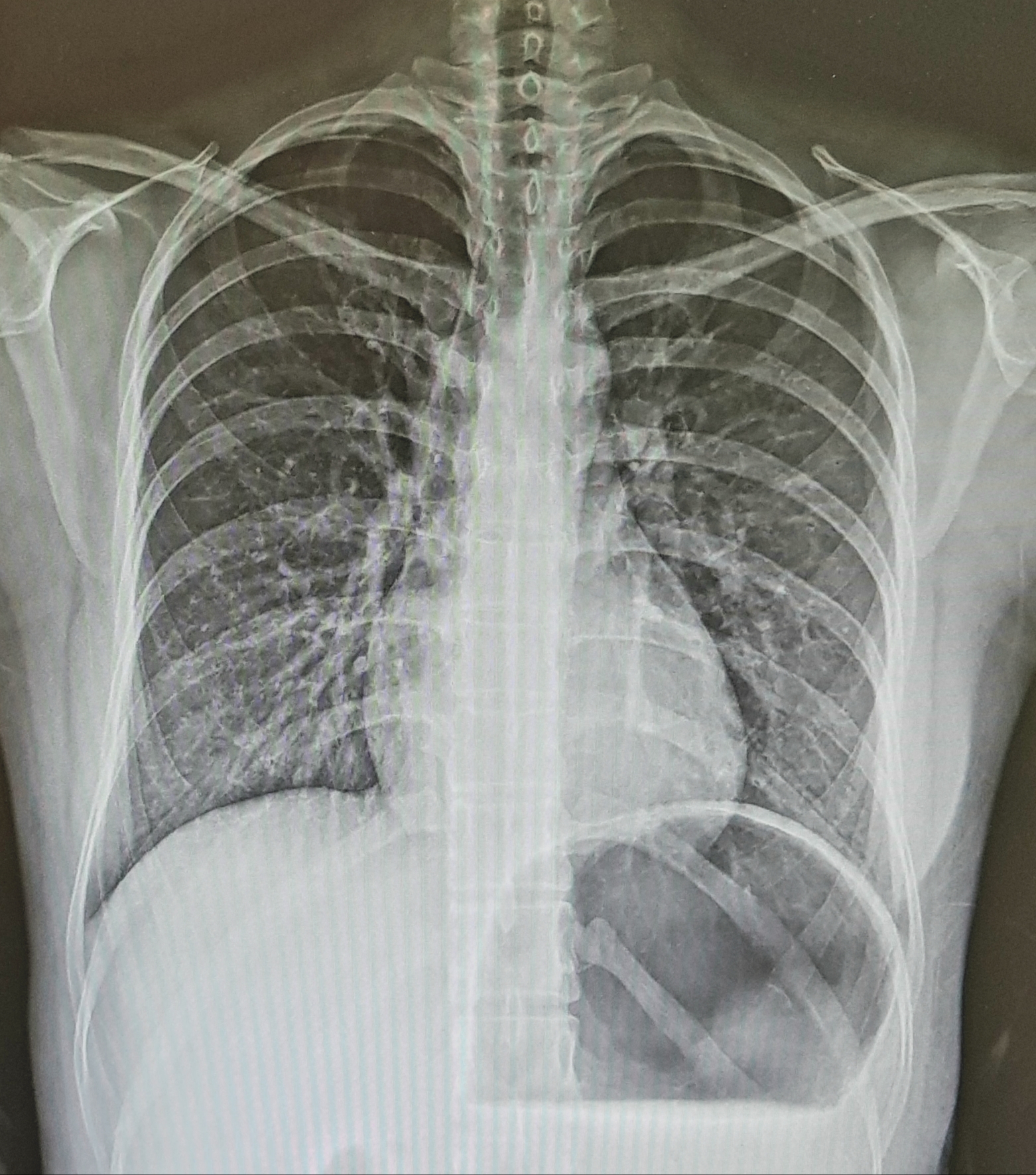| 일 | 월 | 화 | 수 | 목 | 금 | 토 |
|---|---|---|---|---|---|---|
| 1 | 2 | 3 | ||||
| 4 | 5 | 6 | 7 | 8 | 9 | 10 |
| 11 | 12 | 13 | 14 | 15 | 16 | 17 |
| 18 | 19 | 20 | 21 | 22 | 23 | 24 |
| 25 | 26 | 27 | 28 | 29 | 30 | 31 |
- 방사선사나라
- wrap around artifact
- MRI image parameters
- TR TE
- K-space
- T1강조영상
- ECG gating
- aliasing artifact
- T2 이완
- FSE
- fractional echo
- MR angiography
- saturation band
- chemical shift artifact
- 자기공명혈관조영술
- MRA
- tof
- MRI gantry
- receive bandwidth
- 동위상 탈위상
- T1WI
- radiographer nara
- slice gap
- T2강조영상
- saturation pulse
- 사전포화펄스
- no phase wrap
- fast spin echo
- T2WI
- MRI 영상변수
- Today
- Total
방사선사나라 Radiographer Nara
[MRI] Gradient Echo (GRE) / 경사자계 에코 신호 본문
(영어/영문/English)
The gradient echo (GRE) does not use two RF pulse waveforms, 90º and 180º, like spin-echo, but mainly uses one RF pulse waveform smaller than 90º to obtain an image from the FID signal.
First, place the longitudinal magnetization with the transverse magnetization with the RF pulse waveform of aº, then dephase the spins by applying a negative gradient in the frequency direction, and then apply a positive gradient to refocus the spins to obtain a signal.
Since the signal is obtained by using the gradient, this is called an gradient echo and the image is called a T2 * image.
This gradient echo method uses a smaller filp angle than 90º, so the TR can be shortened to obtain an image with a short scan time, and the signal of blood entering the image section during the TR appears bright. So gradient echo is used a pulse sequence of the MRA (MR angiography).
On the other hand, since the gradient echo does not have a 180º pulse, the dephase due to the magnetic field inhomogeneity as well as the dephase due to T2 relaxation cannot be refocused, so the homogeneity of the main magnetic field is an important factor in determining the image quality. Also, since the dephase due to the magnetic field inhomogeneity cannot be rephased, the signal appears smaller than the spin echo under the same conditions.
In the gradient echo, since the RF pulse is applied at a very short TR interval, the next RF pulse is received while the Mz component is not sufficiently recovered, so the Mxy component becomes smaller and smaller.
In order to minimize the loss of such a signal, an appropriate filp angle is required. The flip angle representing the maximum signal between a TR and T1 of a tissue is called an Ernst angle.
If a flip angle greater than the Ernst angle is used, an image close to the T1 weighted image can be obtained, and if a flip angle smaller than the Ernst angle is used, an image close to the T2* weighted image can be obtained.
So we can get T1WI, T2*WI and PDWI using the gradient echo.

by radiographer nara
(국어/국문/Korean)
경사자계 에코는 스핀에코와 같이 90º와 180º라는 두개의 RF 펄스 파형을 이용하지 않고 주로 90º보다 작은 하나의 RF 펄스 파형을 이용하여 FID 신호로부터 영상을 얻는다.
먼저 aº의 RF 펄스 파형으로 종축 자화를 횡축 자화로 눕게 한 후 주파수 방향으로 음의 경사자계를 인가하여 스핀들을 탈위상시켰다가 양의 경사자계를 인가하여 스핀들을 재초점시켜 신호를 얻는다.
이와 같이 경사자계를 이용하여 신호를 얻기 때문에 이것을 경사자계 에코신호라 하고 이렇게 만들어진 영상을 T2*영상이라 한다.
이 경사자계 에코 방식은 90º보다 적은 숙임각을 사용하기 때문에 TR을 짧게 할 수 있어서 짧은 검사시간으로 영상을 얻을 수 있고 TR 시간동안 영상단면 내로 들어오는 혈액의 신호가 밝게 나타나기 때문에 자기공명혈관조영술의 펄스 시퀀스로 사용된다.
반면에 경사자계에코는 180º 펄스가 없기 때문에 T2 이완에 의한 탈위상뿐만 아니라 자장의 불균일성에 의한 탈위상 역시 재초점할 수 없으므로 주자장의 균일성이 영상의 질을 좌우하는 중요한 요소가 된다. 또한 자장의 불균일성에 의한 탈위상을 다시 모을 수 없으므로 동일한 조건일 경우 스핀에코보다 신호가 작게 나타난다.
그라디언트 에코에서는 매우 짧은 TR 간격을 두고 RF 펄스가 인가되기 때문에 Mz 성분이 충분히 회복되지 않은 상태에서 다음의 RF 펄스를 받게 되므로 Mxy 성분이 점점 작아지게 된다.
이러한 신호의 손실을 최소화하기 위해서는 적당한 숙임각이 필요한데 TR과 조직의 T1사이에서 최대의 신호를 나타내는 숙임각을 Ernst angle 이라 한다.
이 Ernst angle 보다 큰 숙임각을 사용하면 T1강조영상에 가까운 영상을, Ernst angle보다 작은 숙임각을 사용하면 T2*강조영상에 가까운 영상을 얻을 수 있다.
그러므로 그라디언트 에코 기법을 이용해서 T1강조영상과 T2*강조영상, 양성자밀도강조영상을 얻을 수 있다.
- 방사선사나라
'자기공명영상 (MRI)' 카테고리의 다른 글
| [MRI](영/한) 3 Dimension Volume Image / 3-D 영상 획득 기법 (0) | 2020.04.22 |
|---|---|
| [MRI](영/한) Gradient Echo의 종류 / 경사자계 에코의 종류 (0) | 2020.04.21 |
| [MRI] (영/한) Spin Echo (SE) / 스핀에코 (0) | 2020.04.19 |
| [MRI](영/한) Gradient Pulse / 그라디언트 펄스 (0) | 2020.04.18 |
| [MRI](영/한) T2 decay, T2* relaxation, Gradient dephase / T2 붕괴, T2* 이완, 경사자장 탈위상화 (0) | 2020.04.16 |




